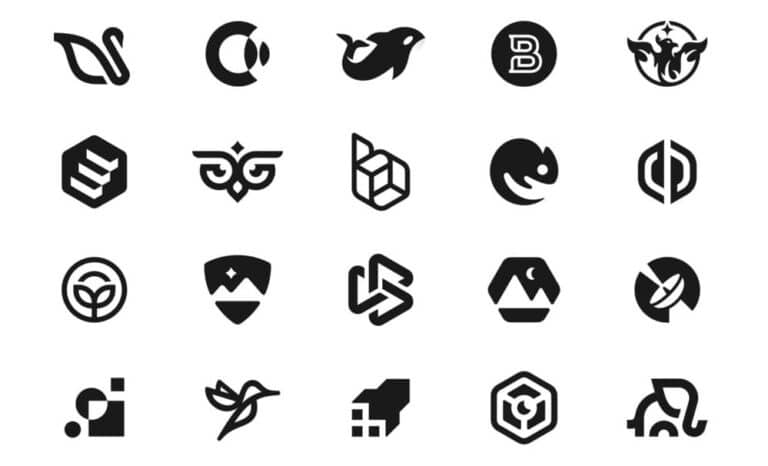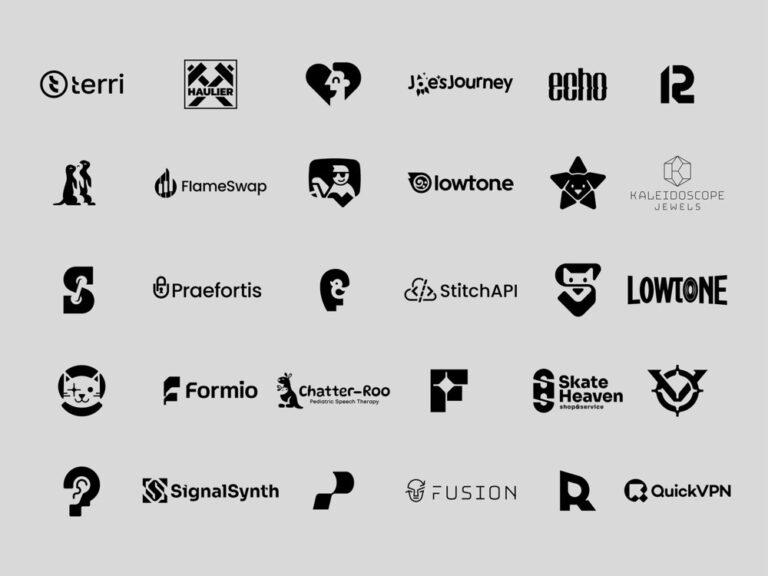Your business logo is more than just an image; it’s a visual representation of your brand’s identity, values, and mission. A well-designed logo can leave a lasting impression on customers, convey professionalism, and set you apart from competitors. That’s why working with a professional designer to create your logo is a crucial step in building your brand.
However, to ensure your designer can create a logo that perfectly captures your business, it’s important to provide them with the right information and guidance. The clearer and more specific you are in communicating your vision, the better the final result will be. In this blog, we’ll discuss the essential things you should provide to your designer when creating a logo for your business, helping you ensure a smooth design process and a logo you’re proud to display.
A Clear Understanding of Your Business and Brand
The first step is giving your designer a thorough understanding of your business, including what you stand for and your core values. A logo should visually reflect these aspects. Therefore, your designer needs to know what industry you’re in, what products or services you offer, and who your target audience is.
Start by explaining the nature of your business. Share details about your services, unique selling points, and the problems your business solves for customers. Highlight who your target audience is, including their demographics, interests, and preferences. Additionally, describe your brand’s mission and values—what do you want customers to feel or think when they interact with your business? This information will guide your designer in creating a logo that aligns with your brand’s identity and appeals to the right people.
Your Vision and Preferences
While trusting your designer’s expertise is important, sharing your own vision and preferences helps them align their work with your expectations. If you have specific ideas about colors, fonts, or shapes you want in your logo, let your designer know. Even if you don’t have a concrete vision, sharing logos you like or dislike can guide your designer’s process.
Colors play a significant role in branding, so if you have brand colors in mind, communicate those. Different colors evoke different emotions—blue might represent trust and calm, while red could signify energy or passion. If you haven’t decided on a color palette, consider how you want people to feel when they see your logo. When it comes to fonts, think about whether you want something bold and modern or more classic and elegant, as this will affect how your brand is perceived. If you have ideas for the style of the logo—whether you want a text-based logo, a symbol, or a combination of both—this is also important to share.
Competitor Research
To create a logo that stands out, your designer needs to understand what your competitors’ logos look like. This prevents your business from being confused with others in your industry. Provide examples of competitor logos and discuss what you like or dislike about them. Do you find some logos too simplistic or overly flashy? Is there something you admire in their use of color or typography? These insights will help your designer create something unique that differentiates your business from others.
Branding Guidelines (If Available)
If your business already has branding guidelines, share these with your designer. Branding guidelines often include your color palette, typography, and overall visual style, helping ensure consistency across all your brand materials. Even if you don’t have formal guidelines, providing previous designs or marketing materials can help your designer understand your brand’s visual direction. This ensures your logo fits seamlessly with existing branding elements.
Technical Requirements and Deliverables
Finally, make sure you communicate any technical needs for the final logo. Different platforms may require different file formats, so it’s important to be clear about how you plan to use the logo. For example, logos for websites, social media, or printed materials may require variations in size and format.
Tell your designer if you need vector files like AI, EPS, or SVG, which are essential for scaling the logo without losing quality. If you need raster formats like PNG or JPEG for web use, mention that as well. Additionally, consider asking for different color variations, such as full color, grayscale, or a monochrome version, depending on where the logo will appear. Being clear about these details upfront will ensure you have the necessary files and variations for all future uses.
How Noethera Studio Can Help You Create the Perfect Logo
At Noethera Studio, we specialize in helping businesses develop strong brand identities through custom logo design. Our team of experienced designers takes the time to understand your business, audience, and vision, working closely with you to ensure your logo represents your brand in the best possible way.
Whether you’re starting from scratch or refining an existing logo, Noethera Studio delivers designs that align with your goals and create a lasting impression. Our expertise in branding and design ensures your logo stands out while maintaining cohesion with your overall business strategy.
Conclusion
Creating a logo is a critical step in establishing your brand’s identity. To ensure your designer can craft a logo that truly represents your business, it’s essential to provide detailed information about your brand, vision, and preferences. From sharing your business’s core values to providing technical requirements, clear communication will help the design process flow smoothly and result in a logo that resonates with your audience.
Ready to take the next step in building your brand? Noethera Studio is here to help. Contact us today and let our expert design team create a logo that reflects the essence of your business.







